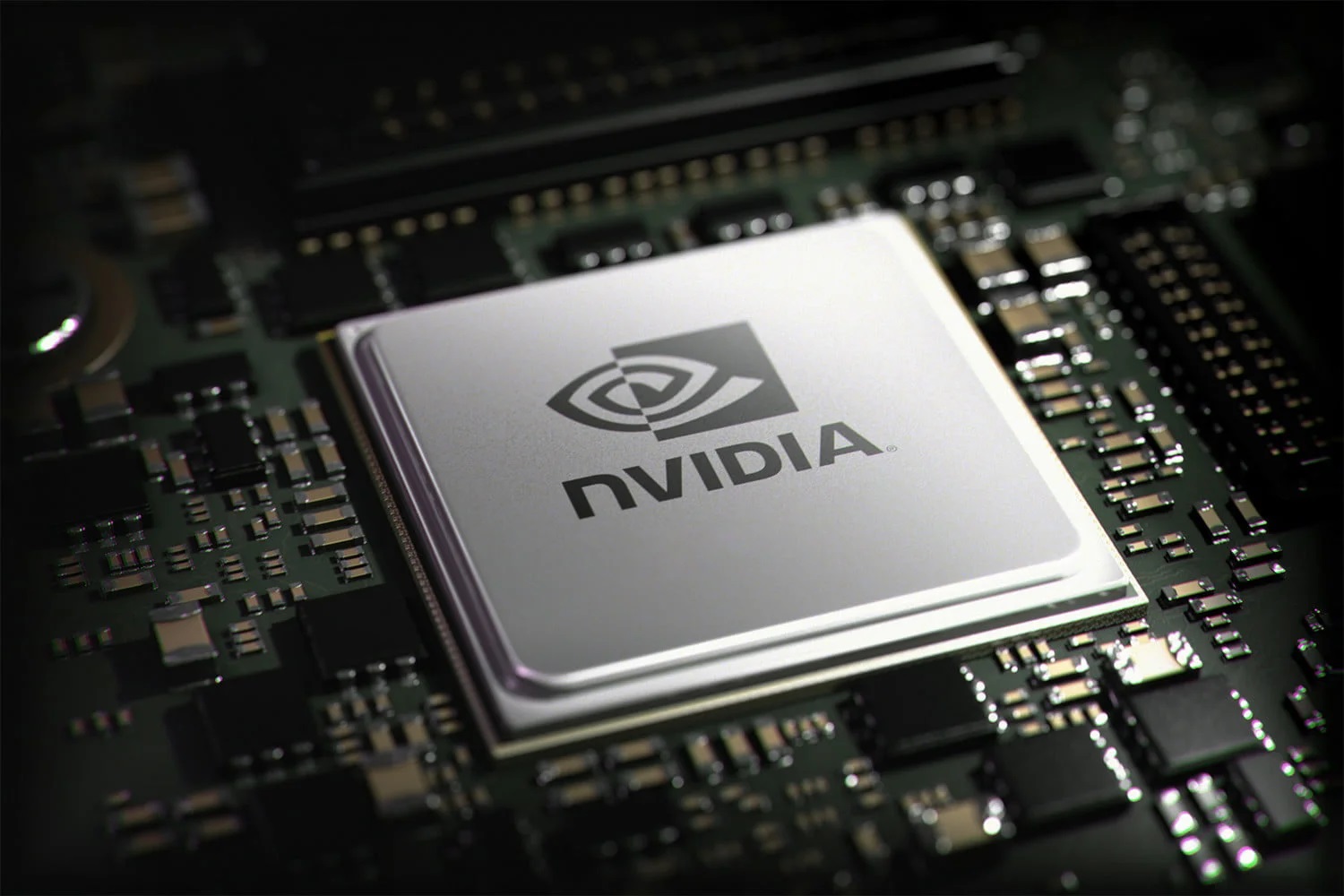All the reasons behind Nvidia’s success

The Financial Times asked whether Nvidia, the artificial intelligence microchip giant, will be able to dominate the new economy powered by artificial intelligence for a long time
What lies behind the resounding success of Nvidia, the record-breaking company that has just climbed to the top of the capitalization giants, surpassing, albeit briefly, the former queens Apple and Microsoft? A long study by the Financial Times reconstructs the parable of the company that is the engine of the AI revolution, asking right from the title whether it is predestined to forever occupy the throne of the economy powered by AI itself.
The reasons for success
That we are faced with a revolution led by a very specific protagonist is indicated first of all by the 700% growth in the share price of Nvidia following a real explosion in demand for its superprocessors which for everyone, including Meta and Microsoft, represent the essential requirement for building the best AI systems.
A similar frenzy in Silicon Valley is reminiscent of the one that began in 2000 when the great star of the digital revolution at its dawn was called Cisco, which on that occasion also doubled Microsoft on the stock market, although many already then denounced this ferment as a bubble.
So isn't the Nvidia phenomenon itself destined to implode? The very fact that after the overtaking on the stock market was followed by a step backwards testifies, if nothing else, to the restless and at the same time unpredictable nature of similar economic phenomena.
But be careful with the comparisons. The case of Cisco, for example, can be misleading, explains the Financial Times, which invites us to look, if anything, in the direction of Apple and Microsoft.
The two giants have spent these twenty years competing for supremacy by churning out innovative and highly successful products. Above all, they have launched platforms from which vibrant business ecosystems have come to life. This is demonstrated by the approximately 2 million apps in the App Store, which generate hundreds of billions in income for the benefit of developers.
Nvidia sui generis
But the reasons why the Nasdaq now rewards Nvidia take us very far from those that justified the success of Microsoft or Apple.
Nvidia's short but already radiant history is intrinsically linked to the success and popularity garnered by a single app like ChatGPT, the factor that determined its boom on the stock market.
Rather than selling hundreds of millions of devices and therefore flooding the market with cutting-edge products, Nvidia sells a relatively small number of very expensive data center chips to a limited number of buyers.
Record data
According to TechInsights data cited by the Ft, last year Nvidia sold 3.76 million graphics units for data centres, a quantity sufficient to guarantee the company 72% of the market share, far surpassing rivals Intel and AMD.
And the future appears even brighter if we consider that in the last quarter Nvidia's year-on-year revenue increased by 262% with a pace therefore even higher than that of Apple's record year in the very first season of that great innovation called the iPhone.
Hunger for chips
Behind Nvidia's exploit there is actually a general ferment on AI which sees companies such as OpenAI, Meta, Elon Musk's start-up xAI competing in the construction of mega data centers where at least 100 thousand superchips are connected together, in a sort of supercomputer three times larger than the current largest clusters.
According to SemiAnalysis data cited by the Ft, the hardware alone of these mighty structures costs 4 billion dollars.
And the race isn't over according to Nvidia CEO Jensen Huang, who sees an investment of a trillion dollars on the horizon in the expansion of current data centers to make them what he calls "AI factories".
What business model?
The challenge for Nvidia now lies in introducing a sustainable business model. The company for now plans to have Nvidia AI Enterprise sell $4,500 per GPU year packages to its customers.
A strategy to secure the greatest number of public and private clients without in-house capacity.
However, it will have to deal with those who want to own the platform in some way and will therefore find the solution that Microsoft is working on which is channeling users into the Azure cloud platform more congenial.
It is no coincidence that OpenAI launched the GPT Store which takes example from the App Store and offers customized versions of ChatGPT.
Nvidia is not sitting idle
However, Nvidia is also working to diversify its ecosystem. For example, we note the participation in fundraising for two rivals of OpenAI such as ScaleAI and Mistral.
According to Pitchbook data, Nvidia has signed at least 116 agreements of this type which testify if nothing else to the desire to make an entire ecosystem grow enormously while trying, if possible, not to lose control of it.
This is a machine translation from Italian language of a post published on Start Magazine at the URL https://www.startmag.it/innovazione/nvidia-successo-cause/ on Sun, 30 Jun 2024 06:29:00 +0000.
